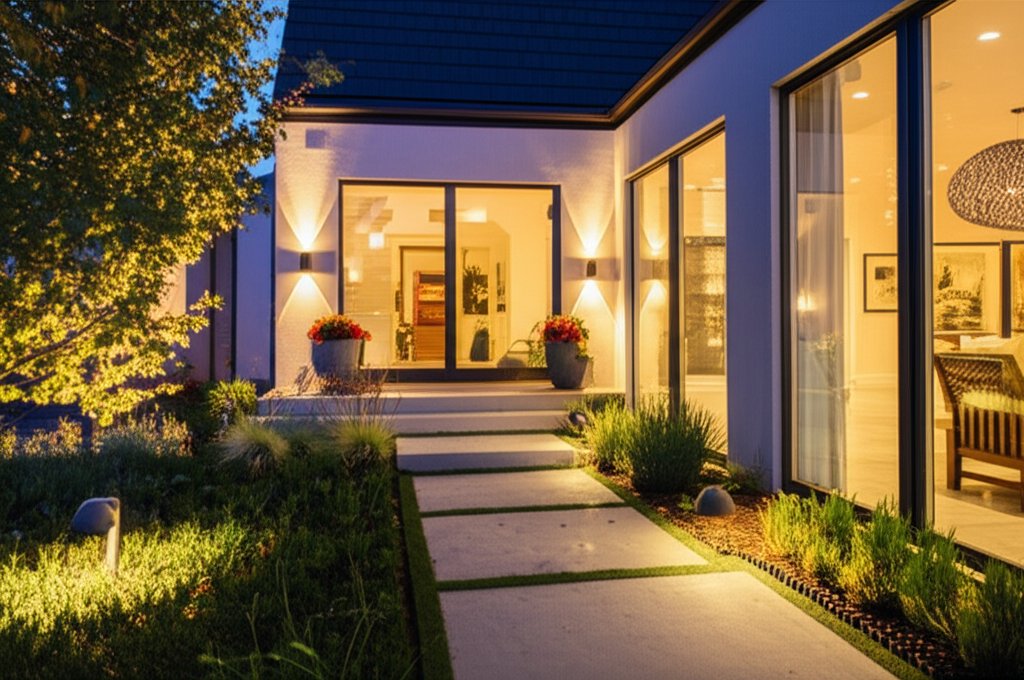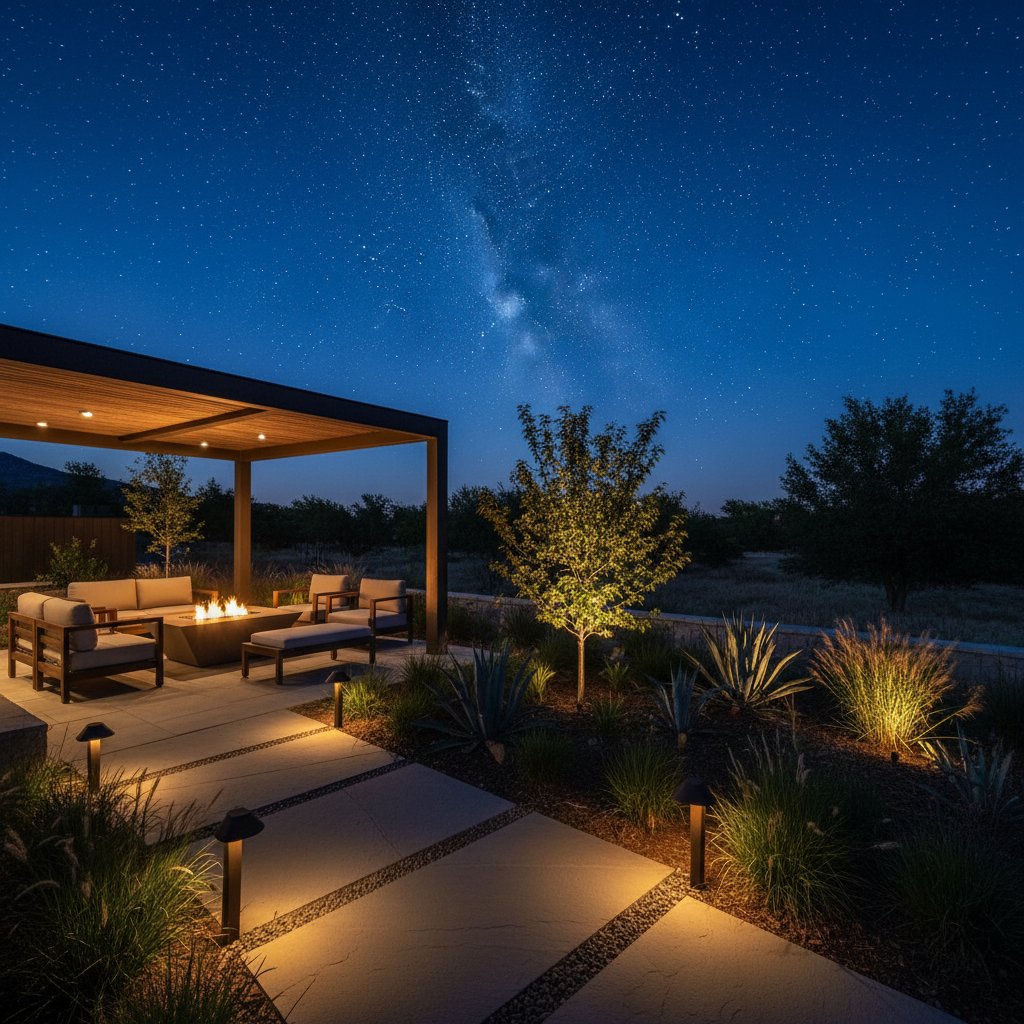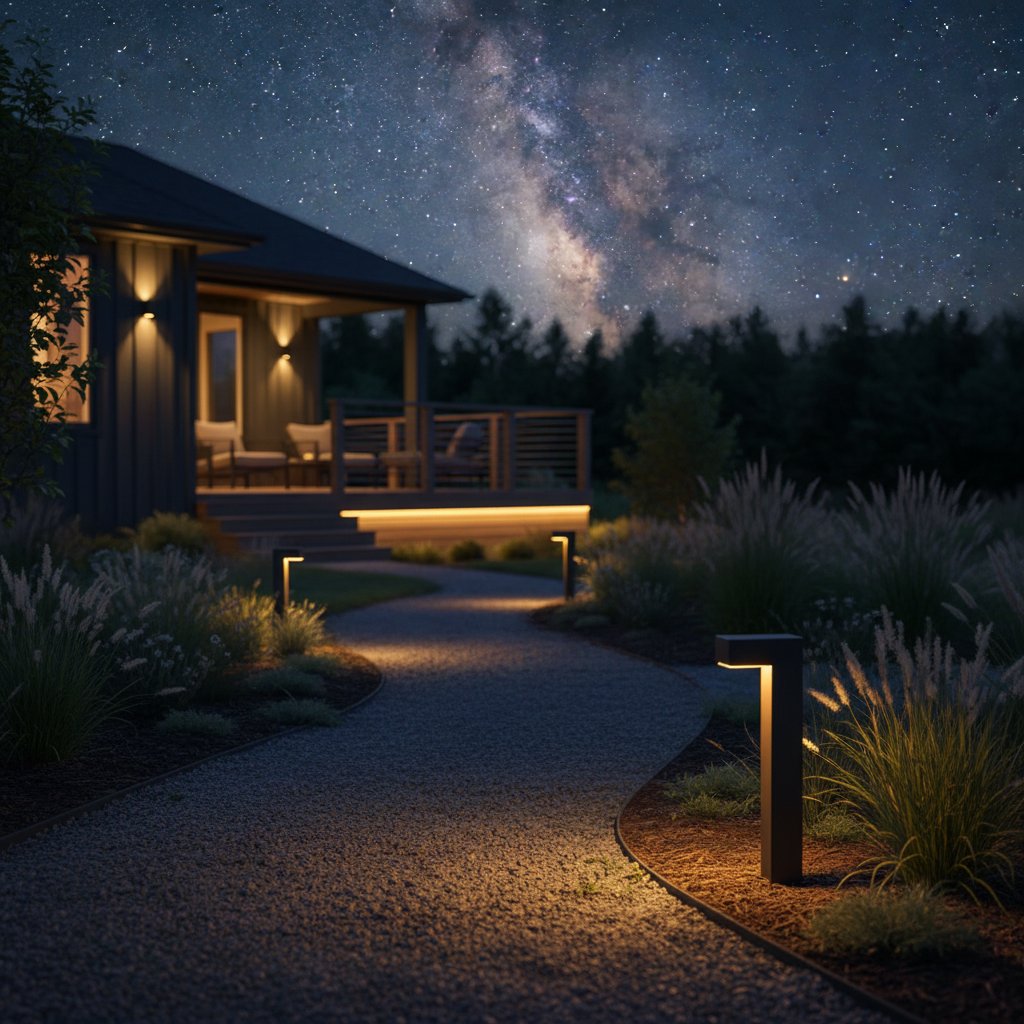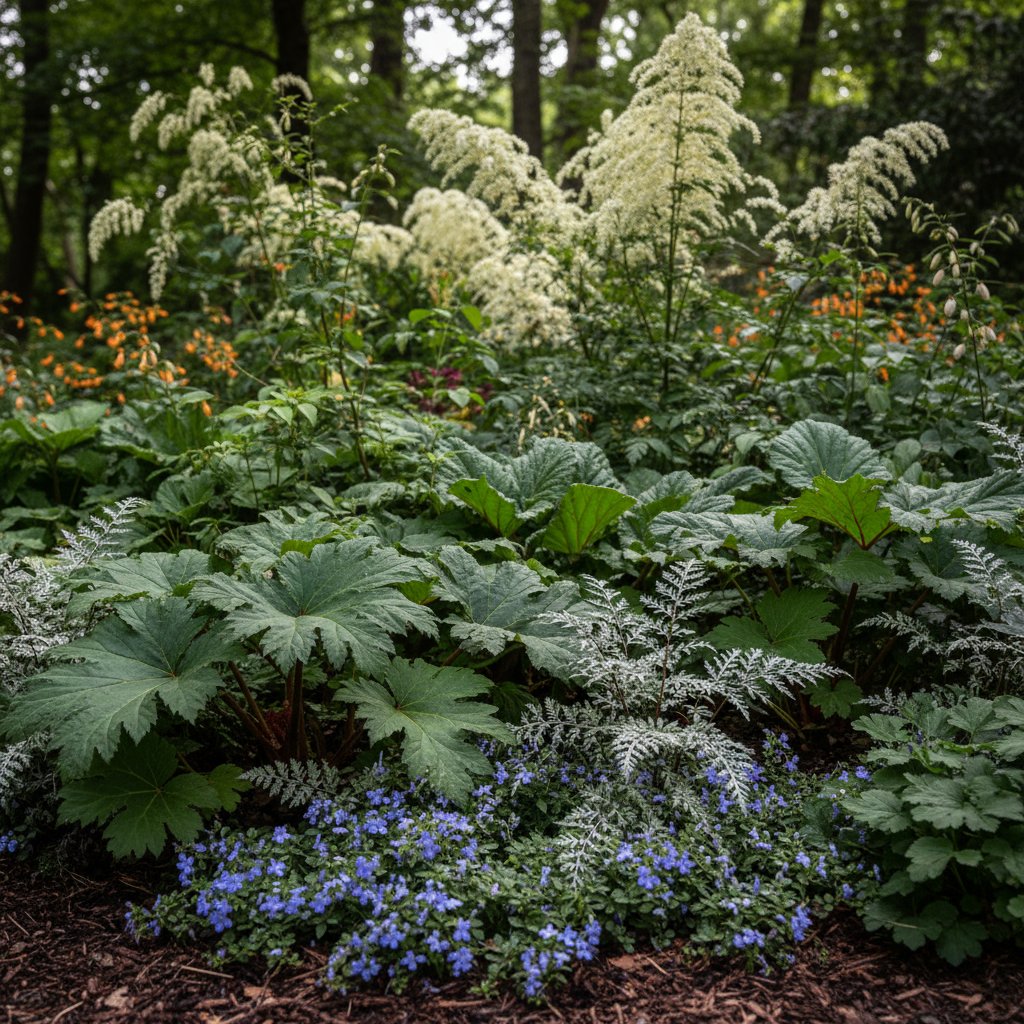- Control mechanisms: Mandates for timers, dimmers, or photocells in many regions to prevent constant operation and curb energy consumption.
Transitioning to compliant systems requires attention, yet contemporary products align readily. The key shift lies in meticulous installation and directional control.
Advantages Extending Past Compliance
These regulations address ecological issues, yet they deliver tangible gains for property owners. Effective dark sky lighting fosters inviting, economical, and wellness-oriented spaces.
Reduced Energy Expenses
Downward-directed light and efficient bulbs minimize dissipation. Property owners often observe substantial electricity savings after adopting shielded units and automated features. For instance, a typical yard with 10 fixtures might cut annual costs by 20 to 30 percent through LED integration and sensor use.
Superior Night Vision
Intense glare impairs perception. Dark sky methods yield enhanced contrast and shadow definition, facilitating safer movement, vehicle approach, and object recognition in low light.
Promotion of Rest and Well-Being
Stray outdoor illumination infiltrates interiors, disturbing circadian rhythms. Warmer tones and scheduled shutoffs establish tranquil evenings aligned with natural cycles.
Elevated Property Aesthetics
Focused beams illuminate gardens and facades subtly. This approach yields a refined, harmonious exterior that attracts admiration without excess.
Ecological Support for Local Fauna
Nighttime glow disrupts insect migration, bird navigation, and mammal activity. Limiting spill restores behavioral patterns and bolsters biodiversity in surrounding habitats.
Strategies for a Compliant Lighting Overhaul
Nonconforming setups warrant incremental adjustments rather than wholesale replacement. Conduct a nocturnal property survey to identify upward spill or boundary overflow. Prioritize modifications by urgency, utility, and budget.
Recommended actions:
- Substitute exposed elements: Opt for enclosed fixtures or apply aftermarket shields to contain lateral and vertical escape.
- Adopt warm-spectrum bulbs: Select 2700K options for inviting radiance that mimics sunset hues.
- Incorporate automation: Install motion detectors for high-traffic zones and timers for decorative lights to activate only as required.
- Reposition mounts: Direct beams parallel to ground level or specific targets like steps and entrances.
- Calibrate intensity: Begin with 200-lumen bulbs for ambient areas, escalating to 600 lumens where visibility demands it.
For complex layouts or electrical modifications, engage a certified electrician or lighting professional. They ensure code adherence while optimizing functionality and style.
Financial Aspects of Upgrades
Dark sky transitions prove cost-effective through phased implementation. Entry-level shielded fixtures begin at $25, with smart-enabled models reaching $150. Suitable LED bulbs cost $8 to $20 apiece, offering longevity.
Labor expenses vary by fixture count and infrastructure needs. Self-directed swaps suit simple tasks, but new wiring or trenching necessitates expert intervention for compliance and safety. A comprehensive yard refresh typically ranges from $600 to $2500, influenced by scope and materials.
Long-term efficiencies, including 50,000-hour LED lifespans, recoup investments via reduced utility bills and minimal upkeep.
Pitfalls to Sidestep in Implementation
Certain oversights undermine efficacy or invite violations during upgrades.
- Excessive lumen selection: Brightness beyond needs amplifies waste and discomfort; assess site requirements first.
- Neglecting shielding: Aesthetic appeal falters without barriers, permitting unintended glow.
- Omitting automation: Perpetual operation negates conservation goals and escalates expenses.
- Poor positioning choices: Broad illumination squanders resources; confine to essential zones like entries and trails.
Deliberate planning prior to purchases prevents rework and ensures optimal results.
Maintaining Your Updated System
Post-installation, outdoor areas gain serenity as light integrates seamlessly with nature. Star visibility may increase noticeably. Schedule biannual reviews to clean optics, verify alignments, and swap degraded components, preserving performance and compliance.
Embracing Sustainable Nighttime Illumination
The 2025 dark sky regulations promote intentional lighting that enriches homes, communities, and ecosystems. Through shielded designs, temperate hues, and intelligent operation, properties become secure havens that honor celestial views.



